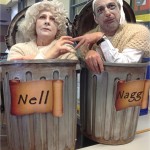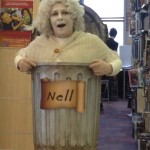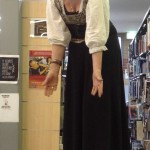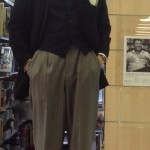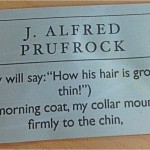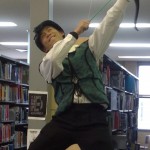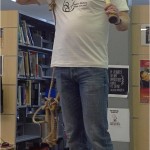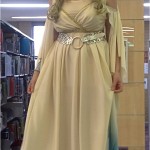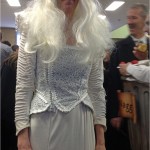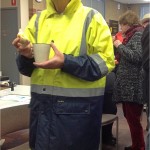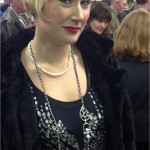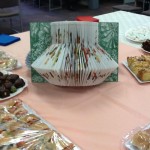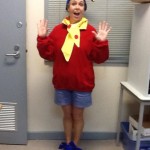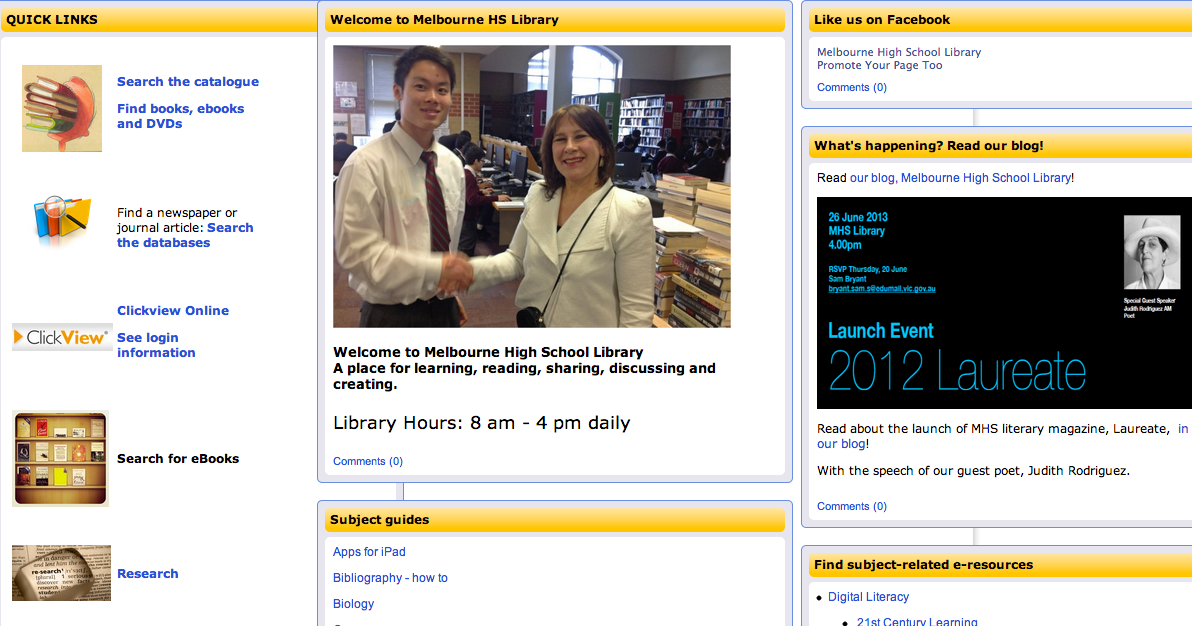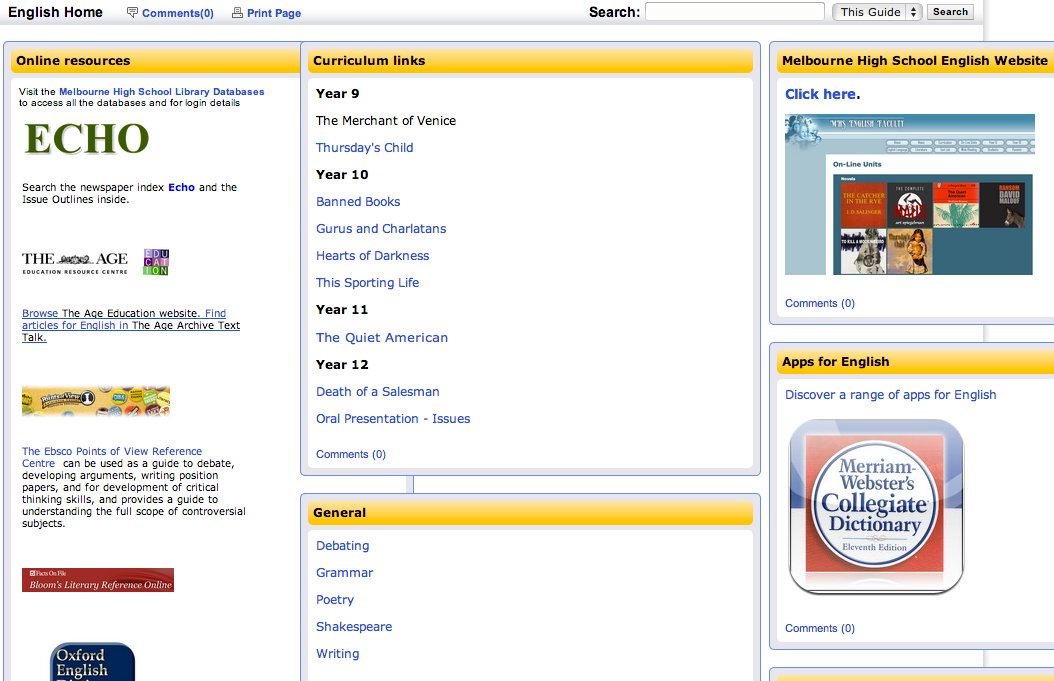Book Week has been my main focus and the focus of my colleagues for many weeks now. And it’s over.
I’m happy, relieved, grateful, reflective, critical, and future-focussed all at the same time.
The posts on our Melbourne High School Library blog are here, here, here, here, here and here, (in reverse order) if you want to have a look at what we did.
I’m not entirely happy with the title ‘Book Week’. It’s ridiculously oversimplified, but then, it does the trick. I don’t think we can make a satisfactory conglomerate of relevant terms, for example, Literature-Reading-Literacy-Makerspaces-Community-Promotion-Art-Library-IdeasExplosion-HeadsTogether-SupporingCauses-Fun-Week – could we? Perhaps we could use a descriptive term – but again, you couldn’t just use one; you’d need to use many. Here are some that come to mind:
Making the library a space for whimsy and serendipitous adventure; Reminding the school community that the library is alive and kicking – come and see for yourselves; Combine forces with the other planet in the school solar system that concerns itself with Literature – the English Faculty (hello, we have so much in common); Making books come alive and Pulling out ideas and richness from them – oh, I could go on, but I might never stop, so.
Did we do all this? Some of it. We did so much, and we had varying success. We celebrated our successes, and we learned from our disappointments. We have ideas for next year which we should write down before we forget about them. We did it together.

